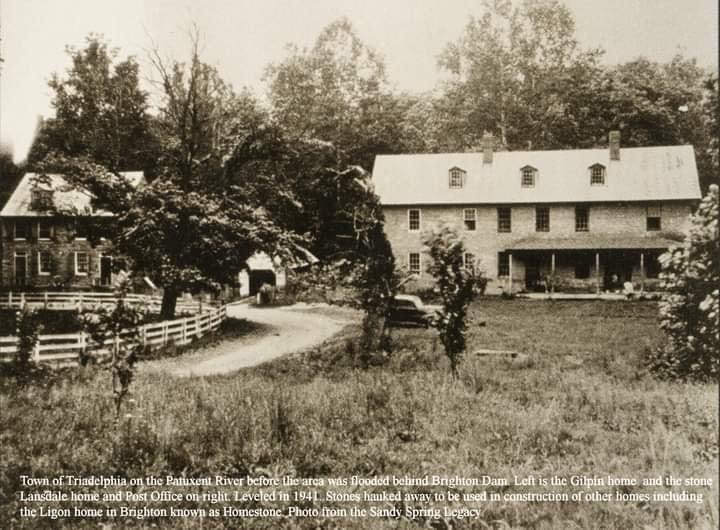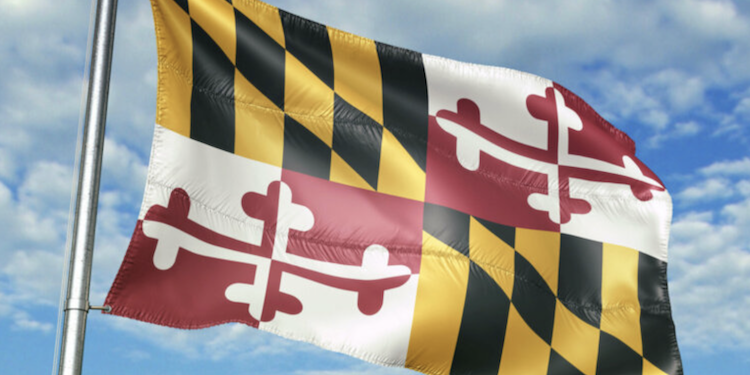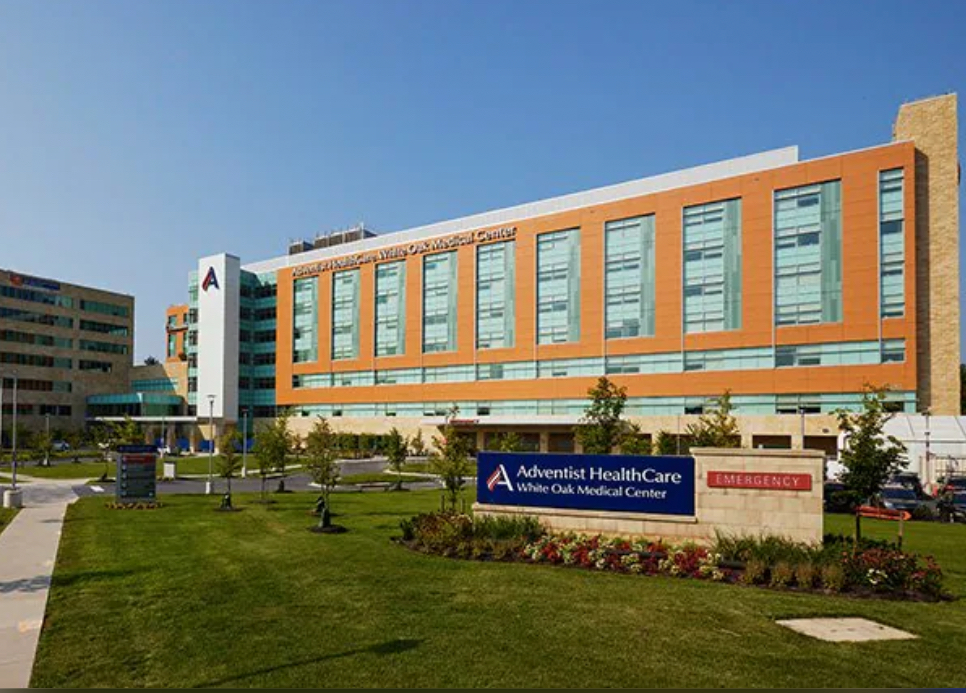In 1809, brothers-in-law Thomas Moore, Isaac Briggs, and Caleb Bentley created the now-defunct city of Triadelphia (three brothers). The Brooke sisters, who were descended from Robert Brooke, the founder of the neighboring Montgomery County town of Brookeville, were the spouses of the three males.
The Sandy Spring Museum claims that the Patuxent River created the mill town of Triadelphia before destroying it. The Patuxent River, which now forms Montgomery County’s northern border, drove the mills that made Triadelphia a successful industrial city from the city’s inception until the Civil War. The town was even bigger than neighboring Rockville at its height.
The river powered the town’s saw, plaster, cotton, and grist mills as intended. Although neighboring communities like Ellicott City were established for the same reason, it was the only town of its kind in Montgomery County. What then become of Triadelphia? The prosperous town was ultimately destroyed by the same water that contributed to its creation. In 1868, there was a terrible flood that destroyed almost all of the mills save for the grain mill and swept away residences.
Some of the mills were rebuilt, but what remained was totally devastated by the Johnstown disaster of 1889, another devastating disaster. By this point, railroads were the favored means of moving products, and steam and gasoline power had grown in popularity. It was decided not to rebuild Triadelphia and that towns nearer the tracks would be more advantageous.
The surviving remnants of the town were completely submerged in water when the WSSC (Washington Suburban Sanitary Commission) built the Brighton Dam in 1943. Although not much of Triadelphia is still there today, a cemetery on a hilltop overlooking the old town site has survived. At Sherwood High School, there is an 1837 bell that was used to summon the mill workers to their daily duties.
In 2020, a first edition of this novella was released.










